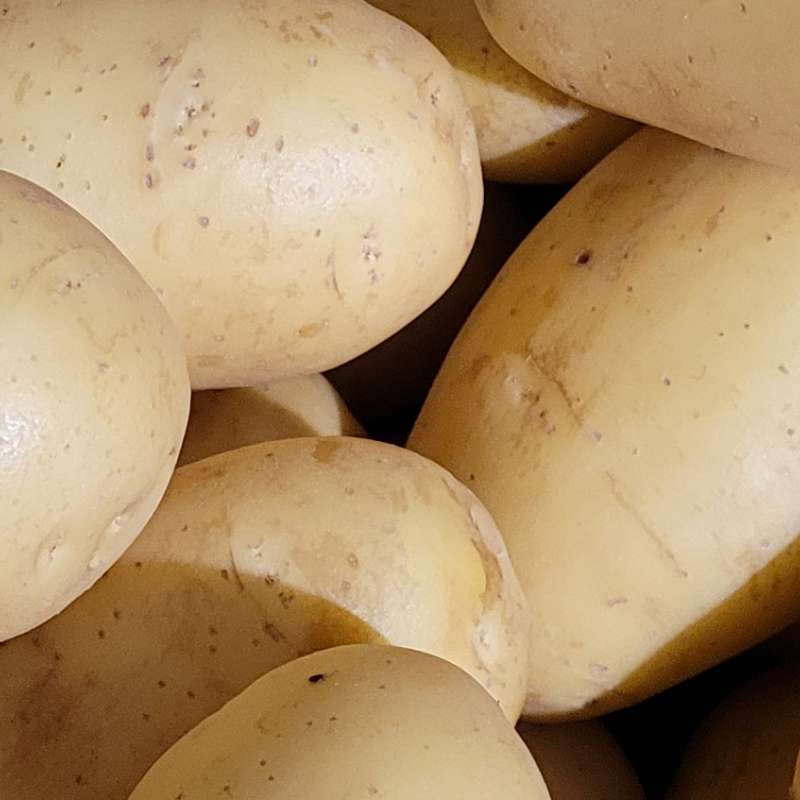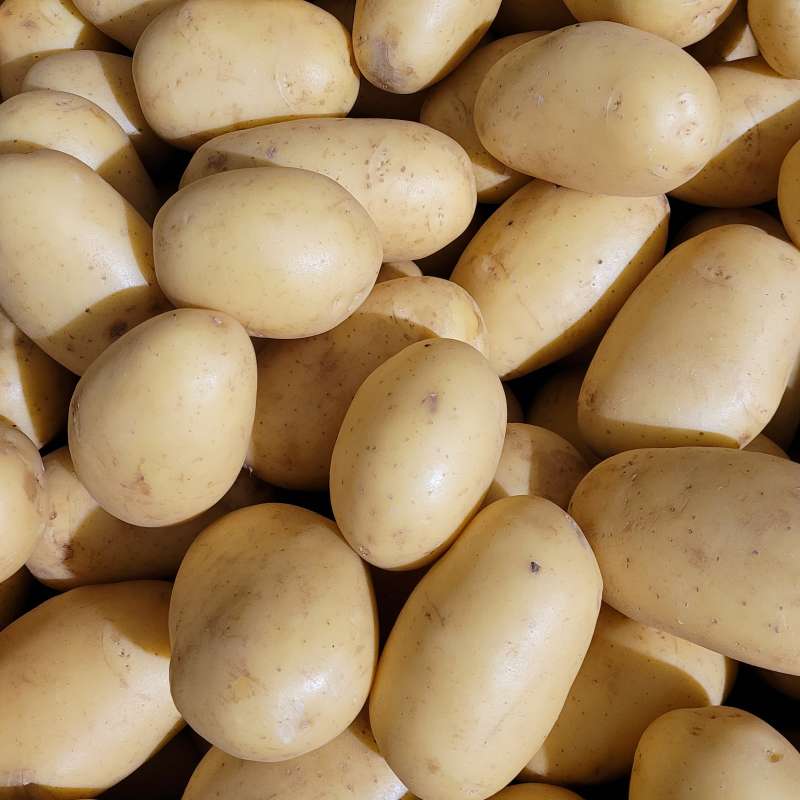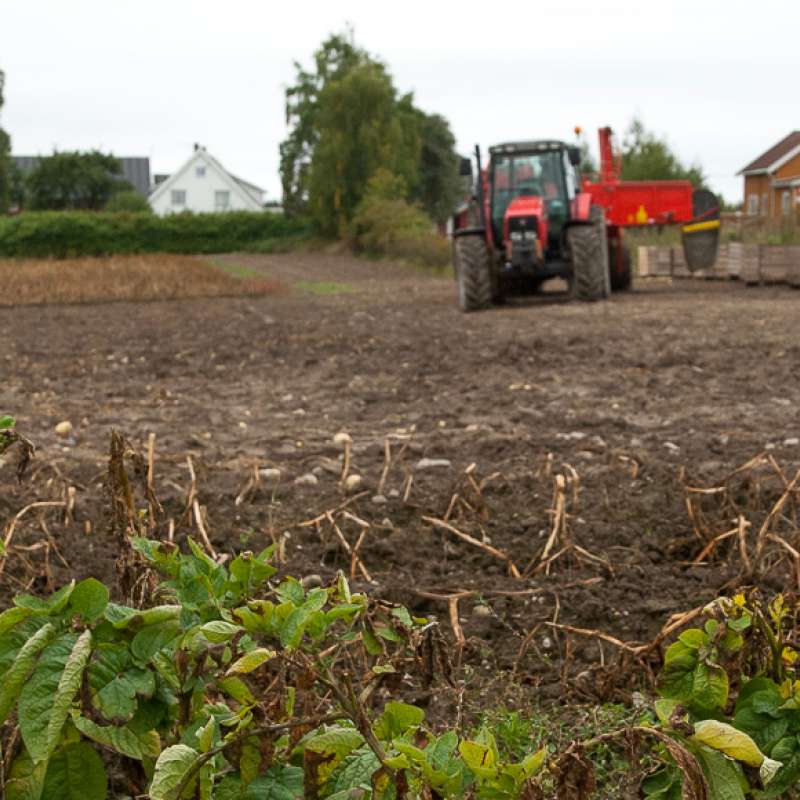Pia Heltoft Thomsen
Forsker
Biografi
Jeg er forsker innen potet og grønnsaker. Jeg arbeider innenfor fagområdene lagring, postharvest, produktkvalitet, plantefysiologi og plantepatologi.
Utdanning:
2010-2016: PhD. Norwegian University of Life Science
2008-2010: Cand. Agro, Københavns Universitet
2004-2007: Bachelor i naturressourcer, Københavns Universitet
Forfattere
Pia Heltoft ThomsenSammendrag
Røyktest er en metode som brukes til å undersøke og visualisere luftstrøm og ventilasjonsforhold i ulike typer lagre. Ved å bruke en røykmaskin kan man simulere hvordan gasser eller luft beveger seg gjennom lageret under ulike ventilasjonsinnstillinger. Dette gir verdifull innsikt i hvordan ventilasjonssystemet fordeler luft og eventuelle behandlingsmidler i lageret, og hjelper til med å identifisere områder med dårlig sirkulasjon, såkalte «dødsoner». En røyktest gjør det mulig å observere effekten av kassestabling, vifteplassering, tetting av luker og dører, samt andre faktorer som påvirker luftfordelingen. Målet med testen er å sikre at hele lageret får en jevn og effektiv luftgjennomstrømning og opprettholde lagringskvaliteten. Med tanke på spiredvalebehandling er jevn fordeling av middel på lager viktig for å redusere risikoen for spiring og groing i potetene.
Sammendrag
Det er ikke registrert sammendrag
Forfattere
Pia Heltoft ThomsenSammendrag
Det er ikke registrert sammendrag

Divisjon for matproduksjon og samfunn
TEKNOPOTET - Ny teknologi for økt presisjon i produksjon og lagring av små matpoteter
Forbruket av matpoteter er i senere tid dreid mot en økt andel små matpoteter, såkalt delikatessepoteter. Hovedmålet for prosjektet er å utvikle ny kunnskap, teknologi og verktøy for økt presisjon i dyrking og lagring av slike småpoteter. Formålet er at markedet for småpoteter i størst mulig grad skal kunne dekkes av norske småpoteter med rett kvalitet. For at produksjonen skal være lønnsom må antall knoller per plante økes, knollene må ha rett størrelse og være mest mulig jevnstore, og lagringsstrategiene må tilpasses poteter som er små og pakkes tettere i kassene.

Divisjon for matproduksjon og samfunn
TEKNOPOTET – New technology for increased precision in production and storage of small-sized potatoes
The aim of project is to combine new tehnologies and knowledge about physiological status of potatoes to increase the precision of growing and storing of small-sized potatoes.

Divisjon for bioteknologi og plantehelse
SOLUTIONS: Nye løsninger for nedvisning av potetris, bekjempelse av ugras og utløpere i jordbær og ugraskontroll i eplehager
Håndtering av ugress og andre plantevernutfordringer er viktig for å unngå avlingstap i landbruket. Tilbudet av norske rå-, mat- og fôrvarer påvirkes av at bonden lykkes med sin innsats i åker og frukthager. Et nylig forbud mot plantevernmiddelet dikvat og den usikre framtida til glyfosat – begge viktige innsatsfaktorer i norsk jord- og hagebruk – fordrer nye løsninger. Gode alternativ til ordinære plantevernmidler er dessuten velkomne som verktøy i integrert plantevern (IPV). Norske dyrkere er siden 2015 pålagt å følge IPV. Hensikten med IPV er blant annet redusert risiko ved bruk av plantevernmidler på helse og miljø.
